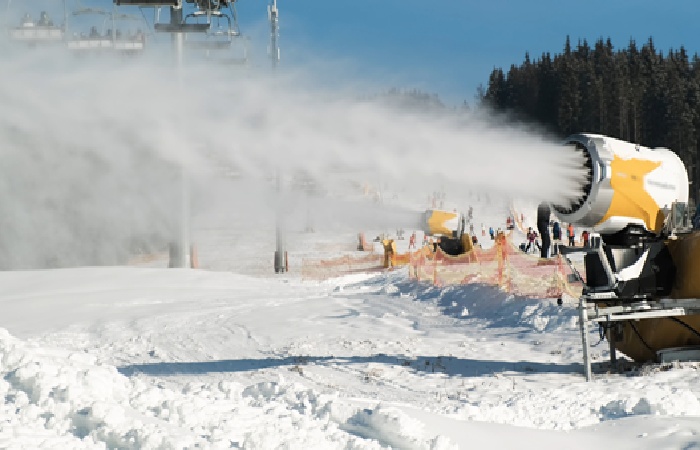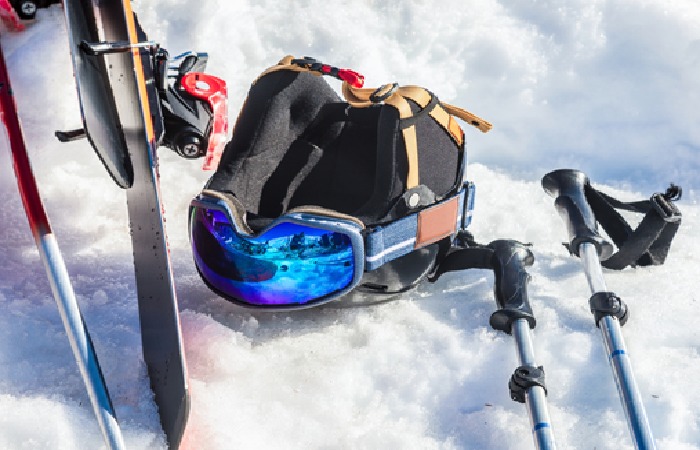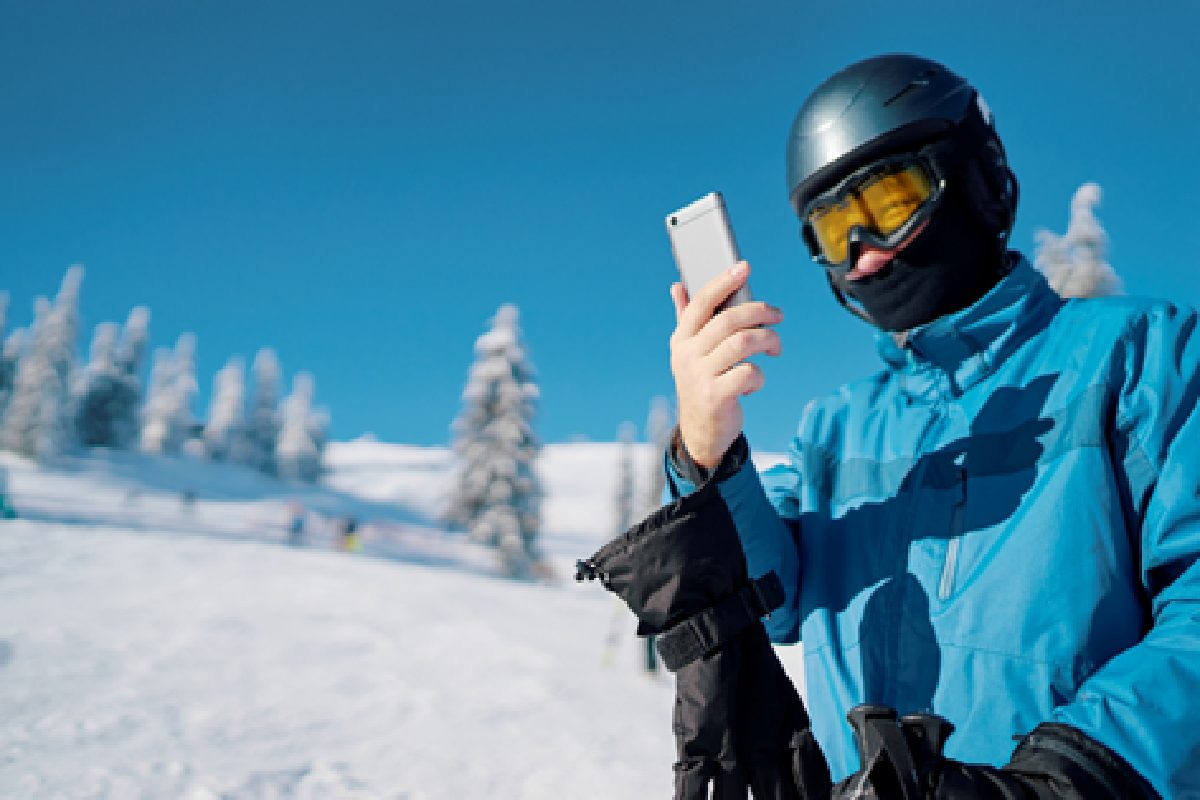Technology Times Now Winter Sports – The world of winter sports is changing fast as new technology comes online. From competitive skiing and snowboard to bobsledding, athletes and teams are using this gear to solve challenges before they turn into major problems. Real-time GPS and Bluetooth ski helmet speakers can reduce the rate of accidents and injuries, while others can improve athletic performance.
Learn more about how technology is revolutionizing the competitive world of winter sports.
Table of Contents
Fake Snow
Climate change is here, and it’s killing our snow. As temperatures continue to rise all over the world, ski towns and once-reliably snowy retreats are using complex technology to keep the games going. Companies that rely on tourism and ski racing can’t afford to wait for Mother Nature, so they engineered an alternative.
Snow is made up of air, water and cold. Resorts and racing venues use complex systems made up of pipes and faucets to keep water on the ground. Pressurized air is then pumped out as a fine mist, which crystalizes into snow when it meets the cold air.
Some use snow cannons that blast hillsides with layers of fake snow. These resorts say the process can cost just over $3 for every cubic meter of snow.

Performance Monitoring
Athletic conditioning has become an exact science. Instead of pushing competitors to the max in the training room, coaches can now evaluate their performance in real time. New devices can monitor the person’s heart rate, upper body strength and endurance. Coaches will then use this information to measure the athlete’s progress. They can also set clear benchmarks to make sure the person is ready to compete.
These devices can also help athletes and coaches watch out for warning signs that they need a break. Unusual cardiac activity may be a sign of a larger problem. This can help prevent serious injury on the field. The software will even store the athlete’s records on file, so medical professionals can review this information with the press of a button.
Helmet Communication
Athletes and coaches can now communicate with each other in real time, even as the skier traverses the slopes. The person will install a skiing communication device in their helmet, so they can talk and listen hands-free as they compete. The coach can then extend advice as they watch them navigate all the twists and turns of the trail.
This tool is about more than just coaching athletes on the slopes. It can also save the person’s life if they get into an accident. They can communicate with their coach or loved ones in real time while they wait for help to arrive. Medical professionals can also help them prevent serious illness or infection if they are injured or bleeding by walking them through the first aid process.
The GPS Revolution
GPS trackers are virtually everywhere these days. We use this technology to call cars, order food, and meet other people online. But knowing where another person is in real-time can also save lives, especially when it comes to search and rescue.
Managers are using GPS trackers to keep tabs on athletes as they explore the great outdoors. Cross-country skiers often traverse tens of miles as they fight against the elements. If anything goes wrong, rescue teams can use this technology to pinpoint their exact location, so they can administer care and transport them to the nearest medical facility as fast as possible.
These trackers are also changing how skiers and snowboarders navigate the trail. The device will automatically calculate the fastest route based on the person’s current location. Athletes can then focus on increasing their speed instead of worrying about whether they’re going the right.
When it comes to riding with a GPS, most athletes use voice-activated snowboard Bluetooth speakers on the trail, so they can use the GPS and listen for instructions without using their hands.

Video
It didn’t happen unless you get it on video. Many skiers and snowboarders hit the slopes with the sole intention of posting their moves and adventures to the internet, so they can share it with fans all over the world. Audiences can now see and hear what these athletes experience on the trail.
GoPros and small cameras that fit onto your person make it easy to capture what’s happening in real time. Some people will use this as an excuse to attempt dangerous stunts and tricks.
Others will use this equipment to capture video of wildlife on nature hikes. Cross-country skiers don’t have to worry about lugging around a heavy camera. They can fit everything they need in their pocket.
Technology is making winter sports safer for athletes of all ages, while helping companies combat the effects of climate change. Everyone can focus on the game with peace of mind knowing that this technology is in place.

